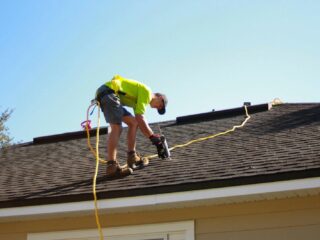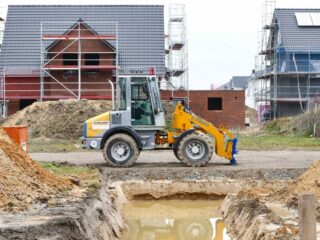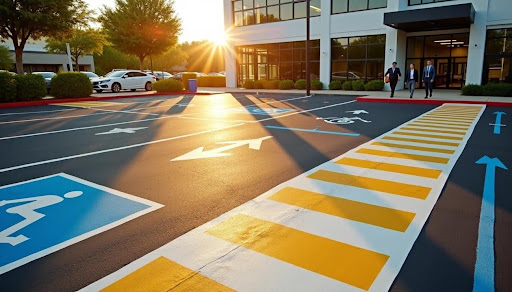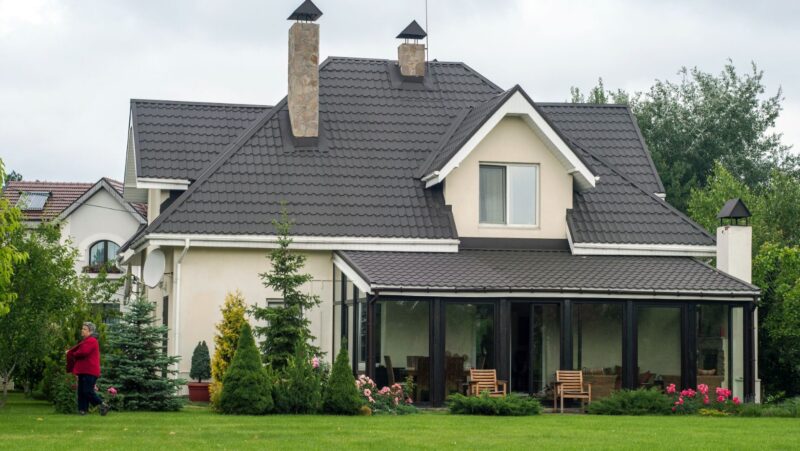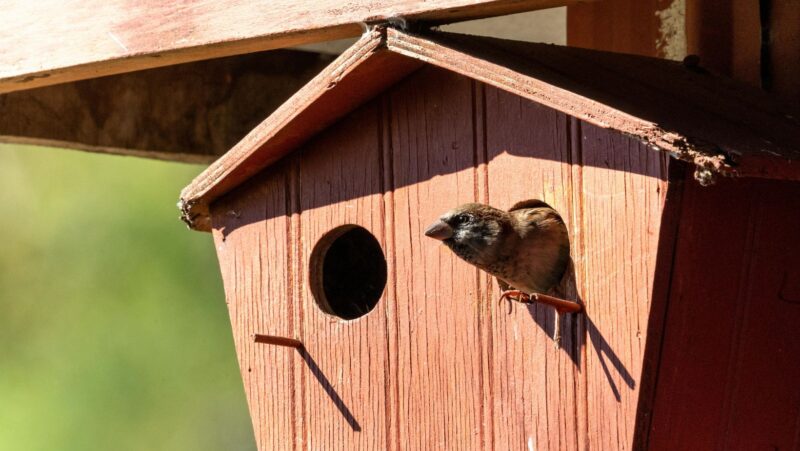
Retaining walls are one of the most practical and visually appealing additions you can make to a property with sloped terrain or soil stability issues. Whether you’re looking to control erosion, create level yard space, or enhance curb appeal, the right retaining wall can dramatically transform your landscape. Many homeowners begin their research with a few common questions:
- How much does a retaining wall cost?
- Does it need a foundation?
- What is the cheapest option available that still looks good and lasts?
This article will walk through those three key questions so you can plan your project confidently, whether you’re hiring a contractor like COMO Construction and Landscaping or tackling a small DIY build yourself.
1. How Much Does a 100-Foot Retaining Wall Cost?
The cost of a retaining wall can vary widely based on materials, wall height, and site conditions. For a wall that runs 100 feet in length, you can generally expect to spend anywhere between $4,000 and $12,000 for a professionally built structure. Let’s break down what drives that cost:
Material Type
- Concrete blocks: Among the most common choices, these typically range from $35 to $55 per linear foot. They’re durable, clean-looking, and available in many styles.
- Treated timber: A budget-friendly option, usually $25 to $45 per foot, ideal for shorter walls or garden applications.
- Natural stone or boulder: Premium in both appearance and price, ranging from $60 to $120 per foot, depending on stone type and availability.
- Poured concrete: Ideal for taller, structural walls, with costs starting around $50 per foot.
Labor and Site Conditions
Labor often accounts for 40% to 60% of the total cost. A straightforward installation on flat, accessible ground will be more affordable than a wall built on a steep slope or in tight spaces requiring excavation and grading.
Drainage and Reinforcement
Proper drainage is crucial. Adding gravel backfill, perforated pipes, and filter fabric prevents water buildup behind the wall. While these materials add to upfront cost, they dramatically increase the wall’s longevity and structural integrity.
A reputable contractor such as COMO Construction and Landscaping, a leader in retaining wall installation in Columbia, MO, would evaluate your property’s grade, soil type, and runoff patterns before finalizing a price, ensuring the wall is engineered to last, not just look good on day one.
2. Does a Retaining Wall Need a Foundation?
Every retaining wall needs a proper base or foundation, even smaller ones. The foundation supports the weight of the wall and counters the constant pressure from soil and water behind it. Without a stable foundation, even a well-built wall can start to lean, bulge, or fail within a few seasons. Here’s what a professional-grade foundation should include:
- Excavation: The first step is digging below ground level, often 6 to 12 inches or more, depending on the wall’s height and material. This removes loose soil and allows for a stable base layer.
- Compacted gravel base: A layer of crushed rock or gravel (at least 4 to 6 inches deep) is compacted thoroughly to create a level, load-bearing surface. This base distributes weight evenly and prevents shifting.
- Drainage layer: Behind the wall, a layer of gravel and a perforated drain pipe help relieve hydrostatic pressure. Without drainage, trapped water can push against the wall and cause damage over time.
- First course leveling: The first course of blocks or stones must be perfectly level. A minor tilt here multiplies as the wall grows taller, creating instability and uneven alignment.
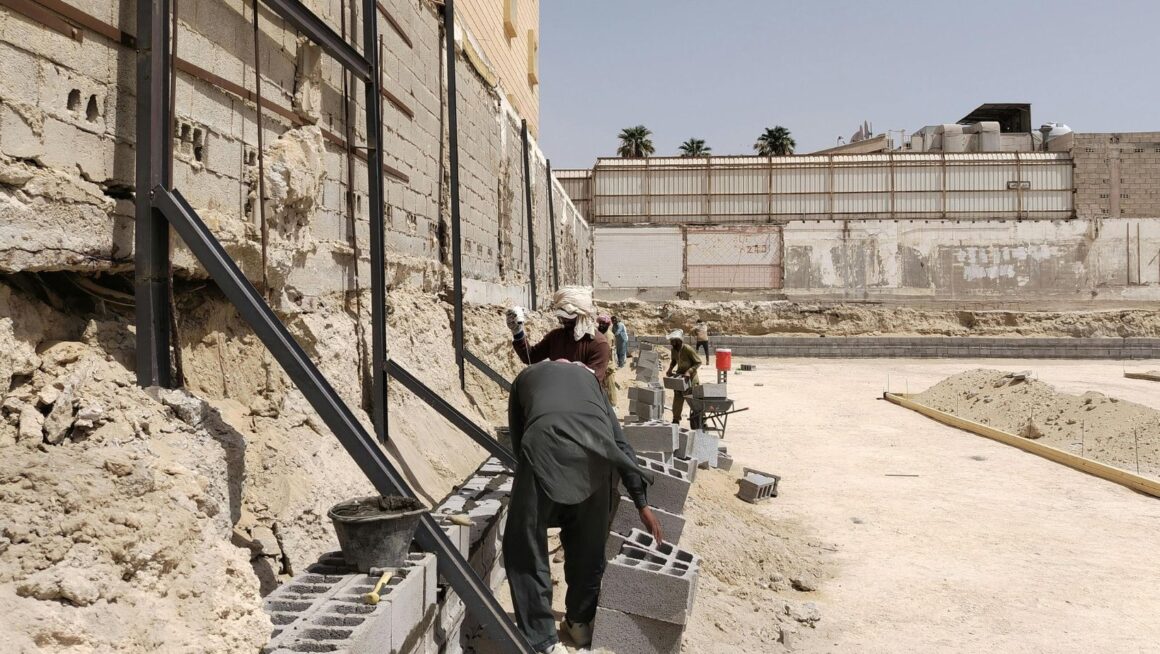
When contractors like COMO Construction and Landscaping build retaining walls, foundation preparation is one of the most time-intensive steps. It’s the difference between a wall that lasts three years and one that lasts thirty.
3. What’s the Cheapest Option for a Retaining Wall?
For property owners looking to add structure and style without breaking the bank, there are several affordable retaining wall materials that balance cost and durability.
- Treated timber: Treated lumber is often the least expensive option and works well for short landscape walls, raised garden beds, or terraces. It installs quickly and blends naturally into many landscapes. The main drawback is longevity, as timber walls may start to show wear or rot after 10 to 15 years, depending on moisture exposure.
- Concrete blocks: Interlocking concrete blocks are a favorite for DIY and professional installations alike. They provide a clean, uniform look and are designed to lock together without mortar. With prices starting around $2 to $3 per block, they offer one of the best long-term values for residential walls under six feet tall.
- Gabion walls: Made from wire cages filled with stones or recycled materials, gabion walls are both modern and budget-friendly. They provide excellent drainage, though their rugged appearance suits some properties better than others.
- Poured concrete (for durability): While not the cheapest upfront, poured concrete can actually be economical over the long run thanks to its strength and low maintenance needs. If you’re building a wall over 6 feet tall or need significant load-bearing capacity, concrete is often the smarter investment.
- When to spend a little more: Even when cost is the priority, certain elements shouldn’t be compromised. A proper gravel base, drainage fabric, and quality backfill are essential to prevent wall failure. The small upfront investment in drainage materials can save thousands in repairs down the road.
A professional installer like COMO Construction and Landscaping (which handles both residential and commercial retaining wall projects) can often source materials at better rates than retail stores, keeping your overall project affordable while maintaining professional quality.
Retaining Wall Tips for Long-Term Success
No matter what type of wall you choose, here are a few tips that apply across all materials:
- Plan for drainage early. The biggest threat to retaining walls is water buildup. Incorporate gravel, weep holes, and drain pipes.
- Don’t skimp on base preparation. The first layer determines everything that follows. Compact carefully and ensure it’s level.
- Terrace larger slopes. If you need to retain more than 4 or 5 feet, consider multiple lower walls instead of one tall wall for safety and aesthetics.
- Use landscape fabric. It keeps soil from washing through gaps while still allowing water to escape.
- Regular maintenance. Inspect for movement, cracks, or drainage issues, especially after heavy rain. Addressing small issues early prevents major repairs later.
Endnote
A retaining wall is an investment in your landscape’s beauty, usability, and stability. Understanding how costs are calculated, why foundations matter, and which materials fit your budget will help you make the best decision for your property.
Whether you’re planning a small garden wall or a large structural system, take the time to build (or hire for) a proper base and drainage system. That’s what separates a wall that merely looks good from one that performs for decades.





